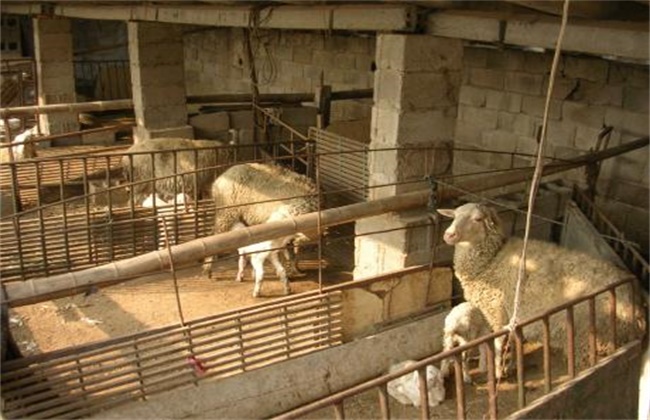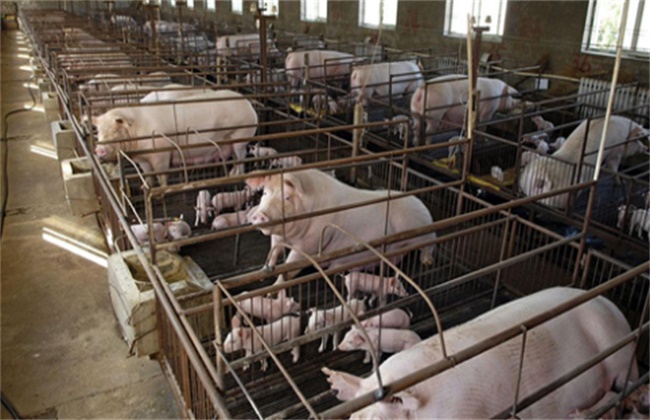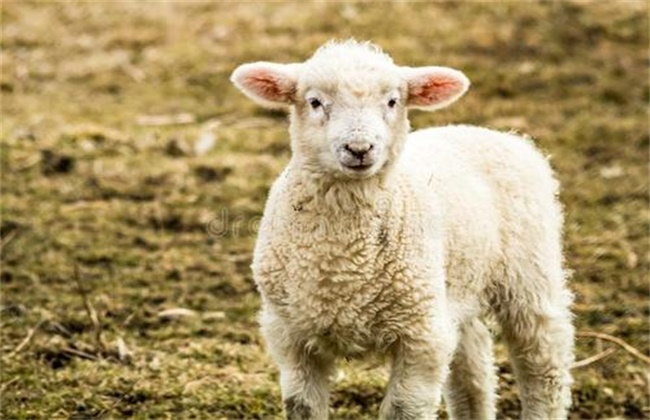How to get rid of the damp in the sheepfold
Dampness is a common problem for many breeds, especially for sheep. There are many reasons for this, topography, weather, environment, improper farming operation and so on will lead to such problems, so in the face of the moisture problems caused by these factors, how should we solve them?

1. Ventilation and ventilation
The simplest nature is ventilation, this as long as the air circulation of the sheepfold, water vapor will naturally be discharged, then the sheepfold will be much drier. However, this also depends on the situation, mainly depends on the degree of wetness of the outside world, if the outside is just after the rain, then it is best to seal the sheepfold, so as to prevent the water vapor from flowing back to the sheepfold and aggravate the dampness. Ventilation from time to time can see the effect of the sheepfold, if there is no obvious reduction in moisture, then it is best to take other measures, do not waste time.
2. Dehumidifier
This method is that the investment is a little larger, but the effect is still better, suitable for the kind of long-term relatively humid sheepfold, because the need for a continuous flow of moisture, this kind of use is the best when the wall of Huinantian sheepfold is filled with water vapor. Pay more attention to this position, the moisture must be far away from the sheepfold, so as not to return the moisture back. This does not have to be open every day, it would be better to use it when the sheepfold is moist, so the cost will be lower and the effect will not be so bad.
3. Matting absorbent material
The cost of using this method is relatively low, but there is more work to be done and the amount of labor is too large. General charcoal, hay, sawdust and other things are more effective in absorbing moisture, which are relatively common in rural areas and can be easily obtained. Put these things on a layer in a humid place in the sheepfold, then a lot of moisture will be absorbed by these substances, especially when spread out, the effect is more obvious. In this way, the dampness of the sheepfold will be alleviated to a great extent, but it will be replaced more frequently.
4. Release desiccant
Desiccant is also a relatively common way, which is relatively simple and effective, and it is not very expensive, but it is more particular about the position to be put, and it takes a little technology to maximize its use. Some are dehumidified with quicklime, but this may heat up when the humidity is heavy, resulting in an imbalance in the temperature of the sheepfold, which should be paid attention to. There are some people will directly use dry sand as a desiccant, the effect is also good, the sand here can also be reused, wet and pulled out to dry and continue to use.
These are some simple ways to get rid of the dampness in the sheepfold. These methods are applicable in a wide range, and you can see which one is suitable for you. If the sheepfold is wet, it is not ideal for raising sheep, so we should solve this problem as soon as possible.
Related
- On the eggshell is a badge full of pride. British Poultry Egg Market and Consumer observation
- British study: 72% of Britons are willing to buy native eggs raised by insects
- Guidelines for friendly egg production revised the increase of space in chicken sheds can not be forced to change feathers and lay eggs.
- Risk of delay in customs clearance Australia suspends lobster exports to China
- Pig semen-the Vector of virus Transmission (4)
- Pig semen-the Vector of virus Transmission (3)
- Five common causes of difficult control of classical swine fever in clinic and their countermeasures
- Foot-and-mouth disease is the most effective way to prevent it!
- PED is the number one killer of piglets and has to be guarded against in autumn and winter.
- What is "yellow fat pig"? Have you ever heard the pig collector talk about "yellow fat pig"?



